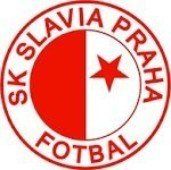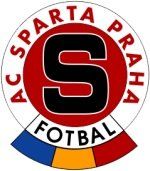

“He was a true pioneer in introducing the training of individuals and group training. He was thorough in ball-work, passing and the use of both feet. He even allowed his players to have a rest day, a day free.”
“He bought into our football new methods, individual and collective training and kicking the ball from different angles. He introduced a day of rest (Games were on Sundays. He would not allow his players to train on Saturdays and Mondays), exercises, interplay, kicking with both feet, diet and after-game discussions.”
